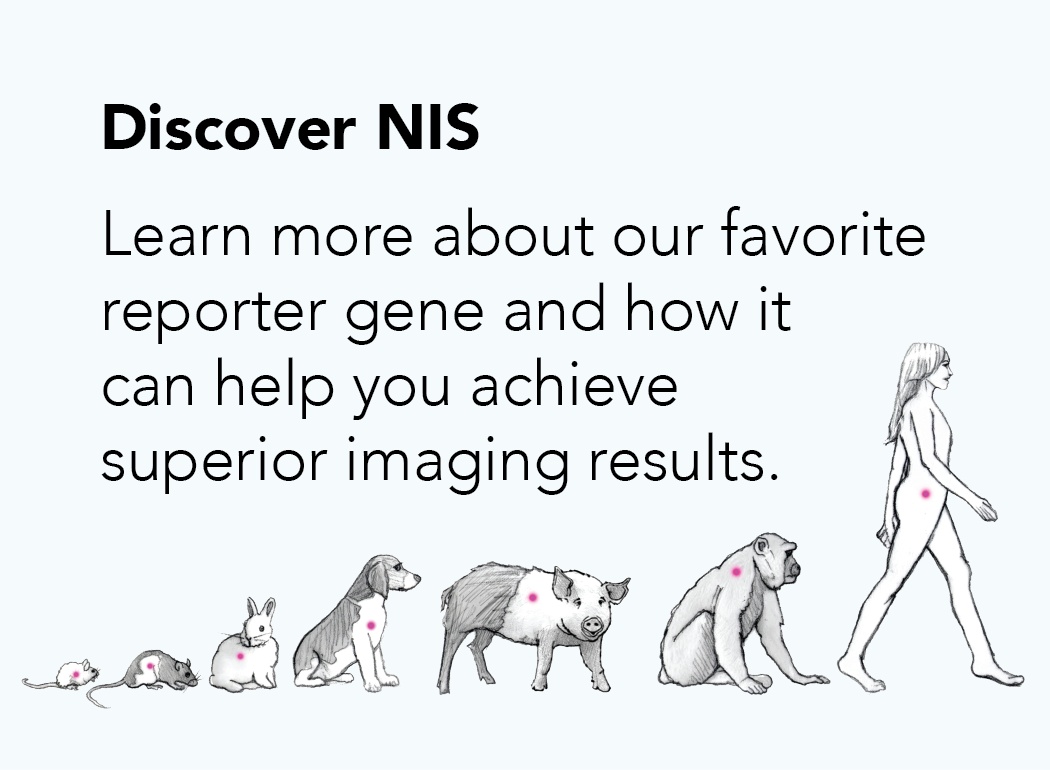Dr. Michael O’Connor, Professor of Medical Physics at Mayo Clinic
Written March 14, 2018 by Imanis Life Sciences, Rochester MN
Consider this situation: a woman comes in for her annual breast exam which includes mammography, the process of locating and diagnosing breast tumor using X-rays. The mammography exam results come back negative for cancer. However, a few weeks later, the woman discovers a lump in her breast that turns out to be cancerous.
As is revealed with scenarios such as this one, for the over 40% of women who have dense breast tissue, it is difficult to detect tumors using mammography alone.
Dr. Michael O’Connor, Professor of Medical Physics at Mayo Clinic and one of the cofounders of Imanis Life Sciences, sought to improve breast imaging technology so he could put an end to this problem. His solution: molecular breast imaging. In this episode of A Vision for the Future, Dr. O’Connor explains the process of getting an MBI, and why it is a superior breast imaging technology to nearly all other options available for patients.
Mammography and molecular breast imaging have one key difference: mammography is an anatomical technique whereas MBI is functional. This means that while mammography detects differences in the appearance of tissue, MBI detects variations in the function of tissue.
On a mammogram, fatty breast tissue typically appears as gray, and high-density tissue regions, such as tumors, appear as white. However, for women who have dense breast tissue, most of the breast appears as white, concealing tumorous masses and making them often undetectable via mammogram. In contrast, MBI detects the functional differences in tissue activity, making it very easy to recognize cancers, even in women who have dense breast tissue.
MBI has been proven to be 300% more effective than mammography at detecting breast cancers.
One concern related to the MBI is if there are any negative effects from the radiation, as it is a nuclear imaging technique. Through two clinical trials and a third ongoing trial, Dr. O’Connor and his team have continually cut the dose of radioactive tracer (Technetium (99mTc) sestamibi), and demonstrated that it poses no harm to the patient.
As a result of its success in these clinical trials, MBI has been selected as the preferred supplemental breast imaging technology at several institutions, including Mayo Clinic.
Relevant Publications
- Molecular breast imaging.
- Molecular breast imaging: advantages and limitations of a scintimammographic technique in patients with small breast tumors.
- Molecular breast imaging: use of a dual-head dedicated gamma camera to detect small breast tumors.
Explore our other three episodes in the Vision for the Future series, with innovators from MI Labs, FujiFilm VisualSonics, and Bruker BioSpin.

